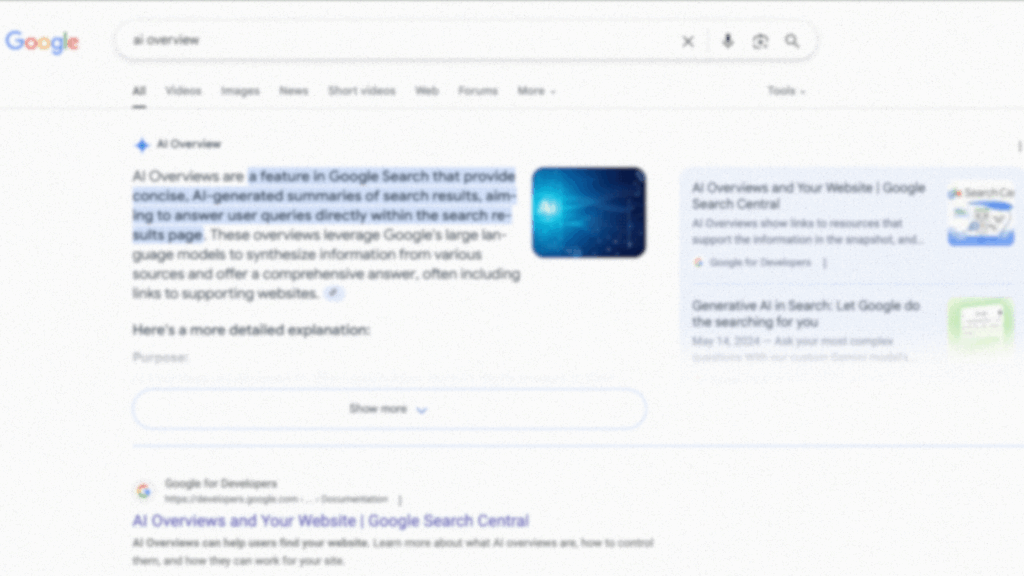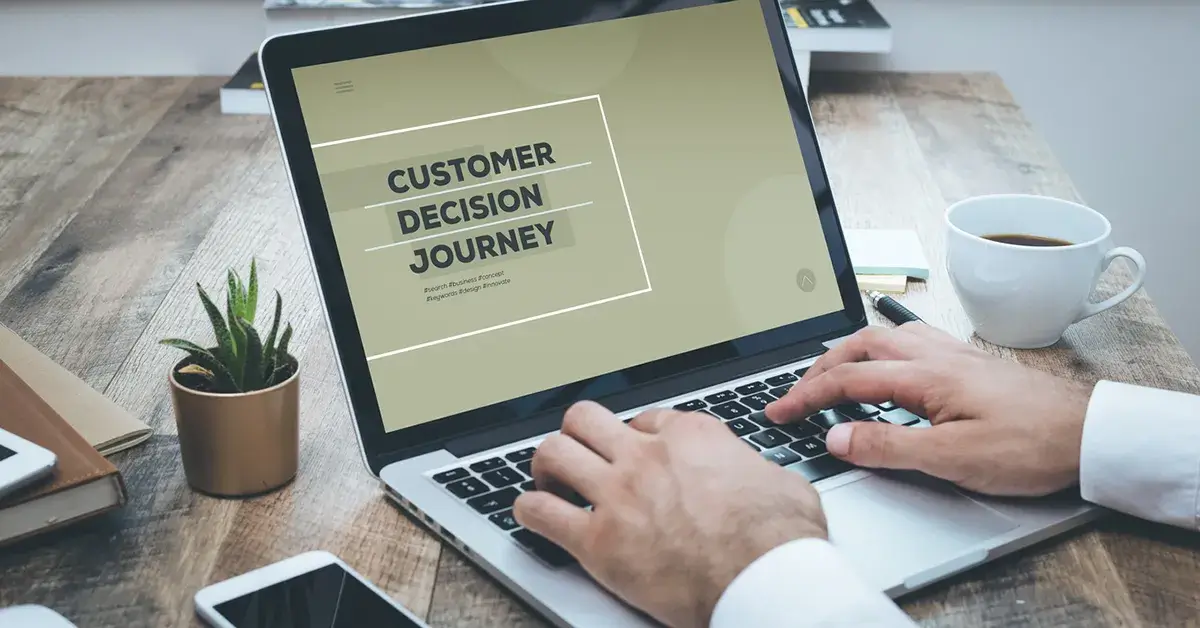

At the heart of content marketing is meeting your customers with just-in-time material that seeks to inform, intrigue, guide, and delight. Buyers today like to take themselves down the conversion path, embarking on their own buyer’s journey. Buyers want to ask the questions and find their own answers. Where they find those answers, however, can shape their decision-making process. In this way, content marketing can accompany your buyers along every stage of the buyer’s journey, allowing you to nurture leads and drive conversions.
This piece will explore how your content strategies can meet buyers at each stage, building their trust, curiosity, and even loyalty to your brand.
The Buyer’s Journey is the path of thoughts and actions a buyer follows as they travel from wanting to buying. The four stages typically outlined are:
When a buyer begins the journey, they know they want something or have a problem to solve. They may ask how to fix something, the best way to do something or look for inspiration. This evolves into specific research that eventually concludes in the decision to purchase.
You can align your content with every stage of the buyer’s journey. Provide answers and inspiration in the first stage, information and comparisons in the second stage, and product options in the final stage, followed by re-engagement after delight.
Educational content is the best strategy for the awareness stage. Buyers have questions, and you have answers. An SEO strategy will help you attract buyers who need what you have to offer. Answer the right questions, and you will organically engage leads who will eventually become your customers. Whether your aim is local SEO or conceptual SEO, this content is there to engage buyers when they are looking to learn more about their initial needs.
Types of educational content to create include:
Address common problems for which you have the solution. Building your SEO strategy, intuit the questions people ask when they realize your solution is the solution you need. Use organic keywords and answer adjacent questions because people don’t always know how to ask the right question at the beginning of the awareness stage.
In the consideration stage, meet your buyer’s curiosity with comparative content and case studies. When buyers are in the consideration stage, they know the type of solution they need, but they don’t yet know the best one to choose. Comparative content like “X ways to fix a drain clog” or “X best scheduling apps” gives buyers a chance to understand their options and compare their situation to each type of solution.
Case studies are also useful because they provide real-world examples of similar problems and potential solutions. Provide case studies in which your products provide different types of solutions, and include your product at the beginning or end of any comparative list.
Case studies, reviews, and testimonials are social proof methods useful for building trust during this stage. If buyers have already signed up on an email list, engage in an onboarding email campaign to nurture engagement and guide new leads toward the right solution.
The decision-making stage is when buyers start looking for details on products or services to make their final decision before buying. In this stage, product-centric content creation is necessary. Provide detailed product guides, “what to experience” blogs about your services, and in-depth testimonials that showcase your brand experience from a customer’s point of view.
Clear calls-to-action are best during this stage, with clickable links to begin shopping, get an estimate, or schedule a consultation. You can also use re-targeting strategies such as “similar products” and even product advertisements on competitor pages to re-engage potential customers trying to find the best option. Highlight subtle differences in products like size, features, and multi-packs to help tailor the customer’s final decision to their specific needs.

Of course, first-time customers are only a fraction of any brand’s sales. Your existing customers are just as deserving of content that addresses their interests and needs. This is when you can access the Delight phase of the buyer’s journey. If buyers have been satisfied with your products or services in the past, you can re-engage them with excellent content designed for people who know and love your products.
Product manuals, interesting case studies or testimonials, and content featuring more creative ways to use your products can all be used to recapture the delight your customers originally experienced, nurturing their interest into long-term brand loyalty. Know your audience to determine what types of content they will most likely re-engage with. Don’t be afraid to try several angles, as your audience will consist of people with many different motivations and personal use cases.
How do you know if your content strategy effectively targets each stage of the buyer’s journey? Several tools can be used to check your success. Use tools like Google Analytics to track each content page’s impact on readers. First, know which metrics to track for each stage of the buyer’s journey:
In addition to Google Analytics, which provides basic website metrics, you can also plug in more detailed analytic tools into your website to discover more about how website visitors interact with your content and navigate your website as a whole.
You can also use unique URLs to track the success of specific ads and marketing tactics. If you want to determine if one strategy is better, use A/B testing to see which gets the best results.
A great content strategy can reach your customers at every stage of the buyer’s journey. From the moment they have a question to years of loyal re-engagement, your content can cultivate a positive relationship and enhance each buyer’s experience every time they engage with your brand. It’s time to evaluate your current social media management and content strategies and consider these insights to revise your approach. With just a little intuitive targeting, you can better align your content to inform, inspire, and convince buyers along their journey. Don’t have time to overhaul your content but still want to make a great impression? Hire a marketing agency like Kreative Media to handle your content creation, SEO, marketing strategies, and more. Let us guide your buyers along a delightful buyer’s journey toward your products or services.